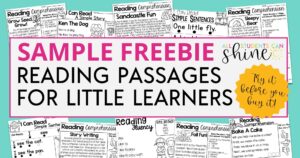Fine motor skills are a vital part of learning development for our little ones. We know our students are all going to develop at their own pace, and you may have some with noticeable fine motor delays, or you might be a believer that all our kids could benefit from some extra practice in this area.
Whether it comes down to tying shoelaces, zipping zippers and buttoning buttons, drawing and writing, or even just holding a pencil correctly, there is a learning curve for all students. I have some quick and painless solutions that you can integrate into your classroom to increase fine motor skills, and I’ll share one of my favorite ways to warm up just before your students are ready to write!
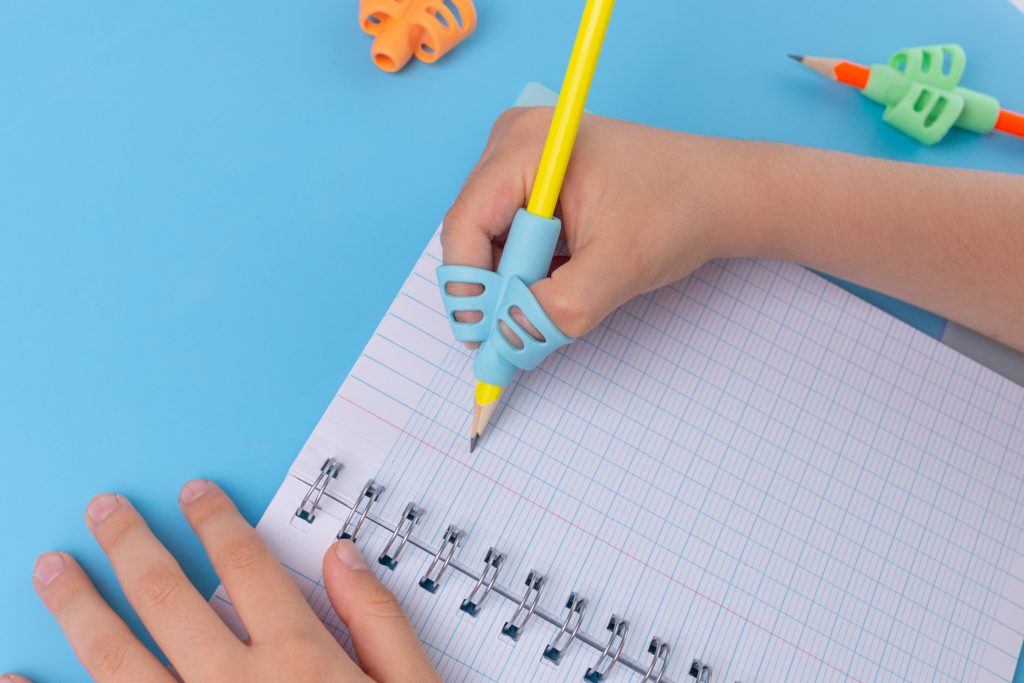
Like All Skills, This is Going to Take Practice
Pincer grasp is something children begin developing as babies when they’re picking up those little pieces of food to bring to their mouths. As children develop, that translates to holding pencils, markers and crayons for controlled writing, drawing, and coloring.
I know a lot of teachers who would love to increase their primary student’s fine motor skills especially when it comes to pencil grasp, so our little learners can become better, more confident writers. When it comes to the sheer volume of opportunities our kids have to write numbers and letters, draw shapes and color inside the lines, we all want to make sure our students have the support they need. There are lots of simple ways primary teachers can approach this in our classrooms to help set our students up for success.
The best part is:
- You can practice them in just minutes a day
- Kids will associate it with fun and play
- The supplies needed are minimal, easy to get your hands on, and inexpensive. You probably have a ton of them already!
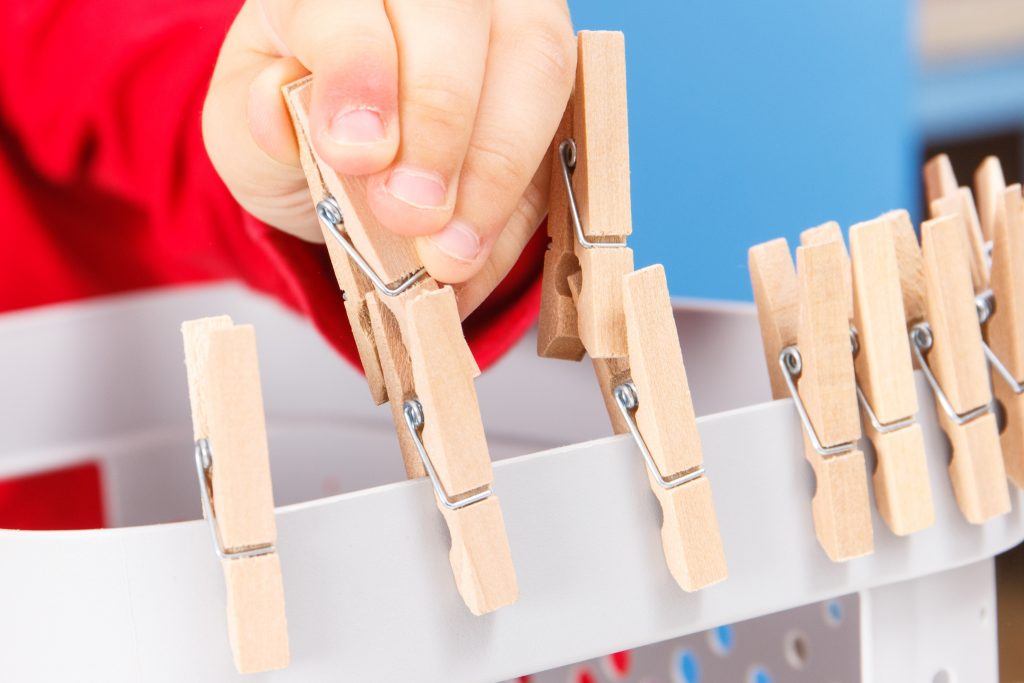
Building Fine Motor Skills with Pre-Writing Activities
There are so many fun activities you can integrate into stations, free time, exploratory time, transition time just before writing, or whenever works best.
You’ll want to integrate regular use of tools that build finger strength and dexterity.
Think:
- Q-tips
- Clothes pins
- Small tongs
- Stickers
- Pipe Cleaners
- Rubber Bands
- Paper Clips
- Yarn

Some very simple activities you can do in just minutes a day include:
- Threading activities
- Q-tip painting
- Tracing activities
- Cutting activities
- Pinching with fingers (stickers)
- Pinching with tongs/clothes pins
- Spooning sand, beads, beans etc…
- Sorting Activities
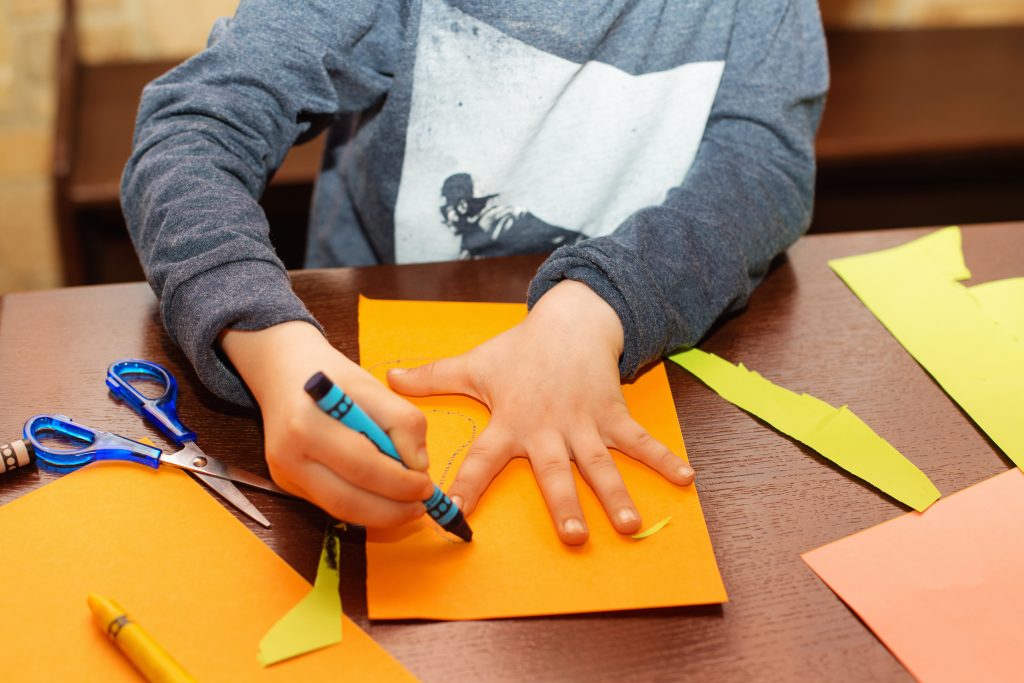
Think about building in matching and identifying exercises using numbers, shapes, sight words, academic vocabulary or other content from your curriculum to solidify their learning while building their fine motor skills. Just make sure you go over safe and appropriate use expectations so little ones understand their boundaries and limitations.
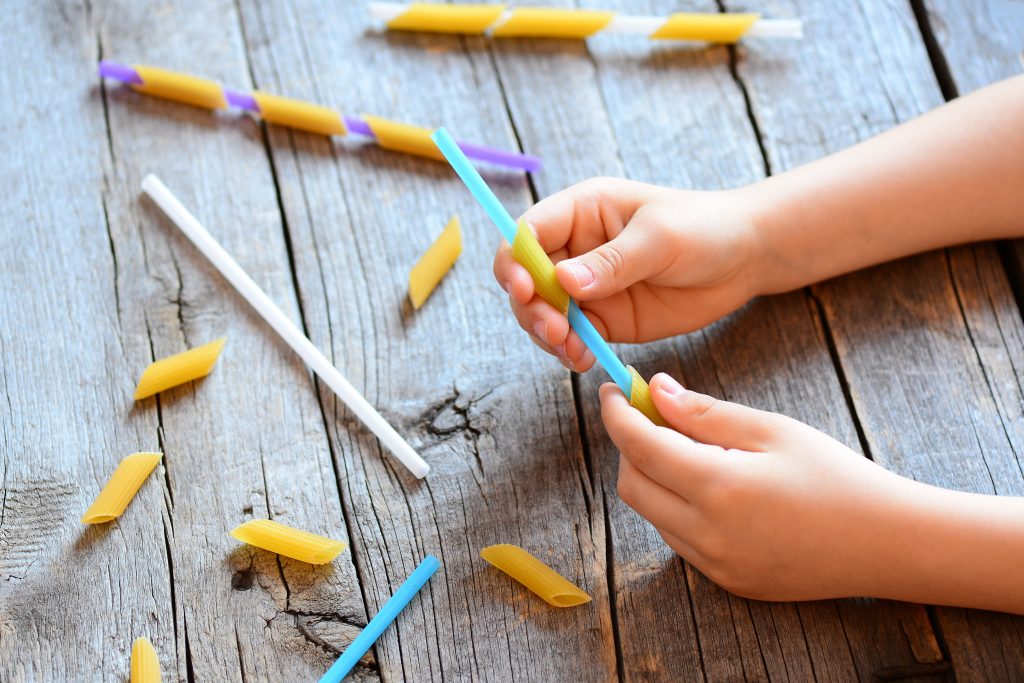
Ready for a Super Effective Way to Warm Up Your Students Just Before Writing?
Our students are so often full of the wiggles! So it’s a great strategy to integrate movement as much as possible into your school day. There are many great ways to warm up fingers and hands to help students prepare to write with the correct pencil grasp and to prevent their little hands getting fatigued or feeling pain during writing time.
- Chair push ups
- Pushing palms together
- Pushing fingers together and then pulling fingers apart from each other
- Touching each finger to the thumb
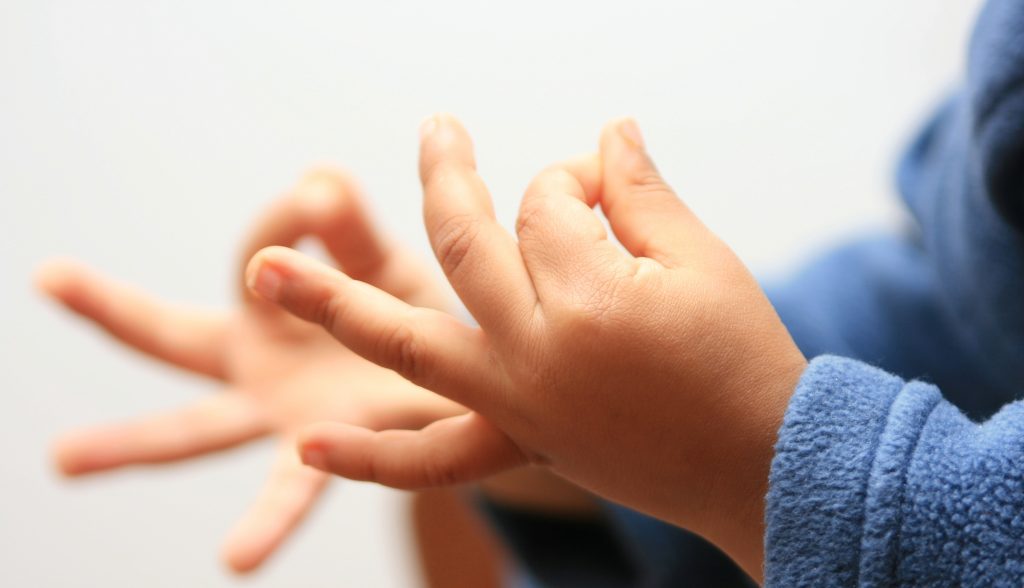
Here is a great video I found on YouTube that students and teachers will both love that helps prepare kids with a hand and finger warm up before writing. It includes 10 ten-second exercises that are easy to follow and can be used whether you want to show the video to the whole class, or teach yourself the exercises and demonstrate them to your students.
If you have a student who you think would benefit from further support, there are many resources out there just like these that can help children develop fine motor skills. Talk to your school or district’s occupational therapist to learn what you can do inside your classroom to serve students who need that extra support.
Looking for more resources and tips to support your young learners? Make sure you join the facebook group and stay tuned for more blog posts that will help you ensure that All Students Can Shine!

